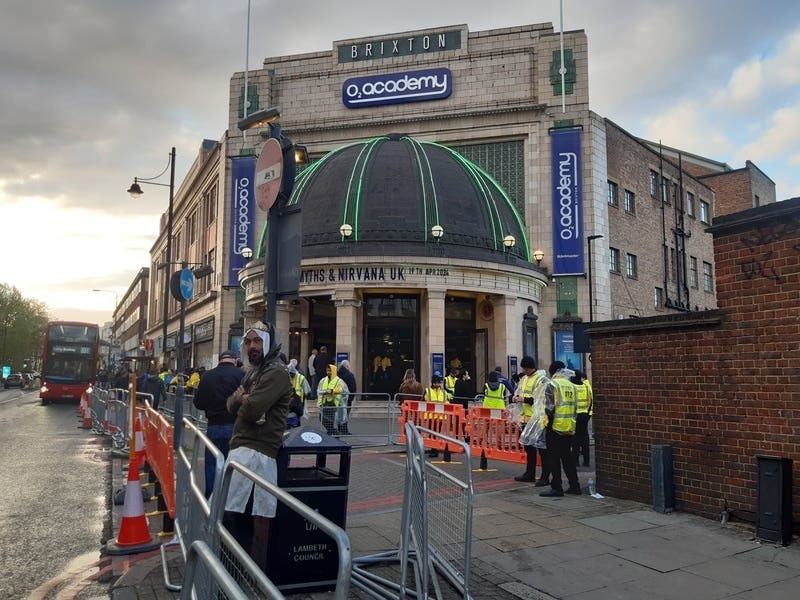Items such as irons, lobster pots and fire grates are ending up in the energy-from-waste plant and causing significant damage to its conveyor belt system.
- The plant cost £110m to build, making it Jerseys largest ever capital expenditure.
- It is able to burn 110,000 tons a year.
- There are 5,173 plants on the bank screening the building from Havre des Pas and St Clement in the east.
- Waste that was burned in the past is now heated at 850 degrees for a minimum of two seconds
- The fire water tank outside the main building contains 1,000,050 litres of water and takes eight hours to fill.
- In 2011 it was reported that Jersey had a 30% recycling rate, which it hopes to increase to 36% by 2018.
- The incinerator produces around 7% of Jerseys electricity usage and more than double the renewable power generated from waste in the Island.
As a result, TTS are paying up to £25,000 a year in repairs – double what they expected to spend when the incinerator was built in 2011.
The conveying equipment at the site should last two years before needing repair work, but it is currently being replaced every year.
Ian Williams, the incinerator’s plant manager, said: ‘By putting these items in the bin, people don’t have to drive to Bellozanne and recycle the larger things.
‘But there is a cost to that, and we end up paying for it in other ways.
‘We are all taxpayers at the end of the day.’
Refuse collectors were reminded by TTS in November to leave non-burnable waste at people’s homes after bulky rubbish damaged the incinerator.
Mr Williams said bulky items like shovels, lobster pots, patio furniture, barbecues and even gas cylinders that had been taken to the site were causing damage to the rubber conveyor belt and other elements during the process of incineration.
It has also been reported that flares have exploded while inside and burnt through the rubber conveyor belt, causing it to melt.
‘There are many TTS sites where people can go to recycle,’ Mr Williams said. ‘We now get a lot of oversized metallic objects which should not go in with household and domestic waste. We have a magnet that will remove any left-over metal from the incinerator, but it can only cope with metal of a certain size.’
In 2013 it was reported that spot checks were to be introduced at La Collette after equipment at the incinerator was damaged by unsuitable rubbish including bikes, barbecues, pianos and patio furniture.
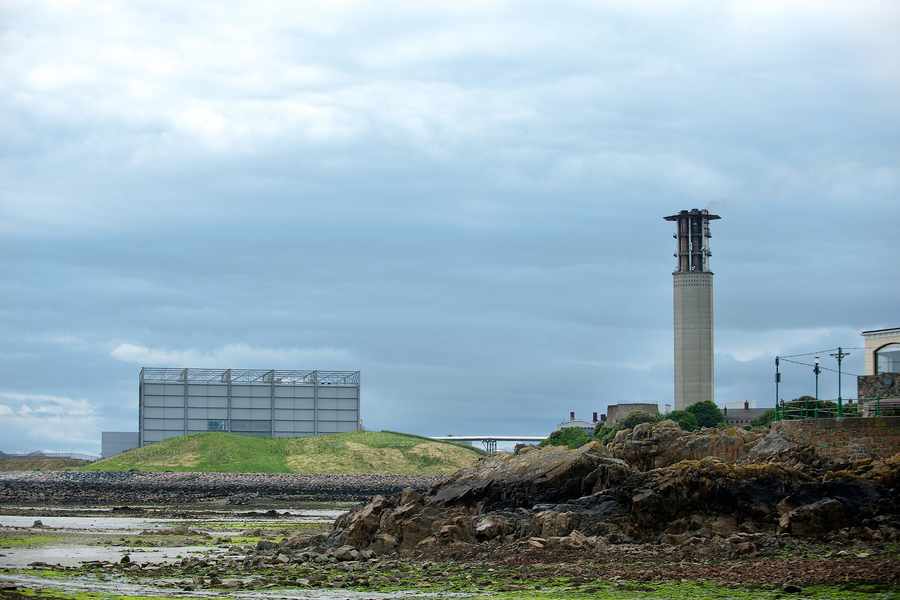
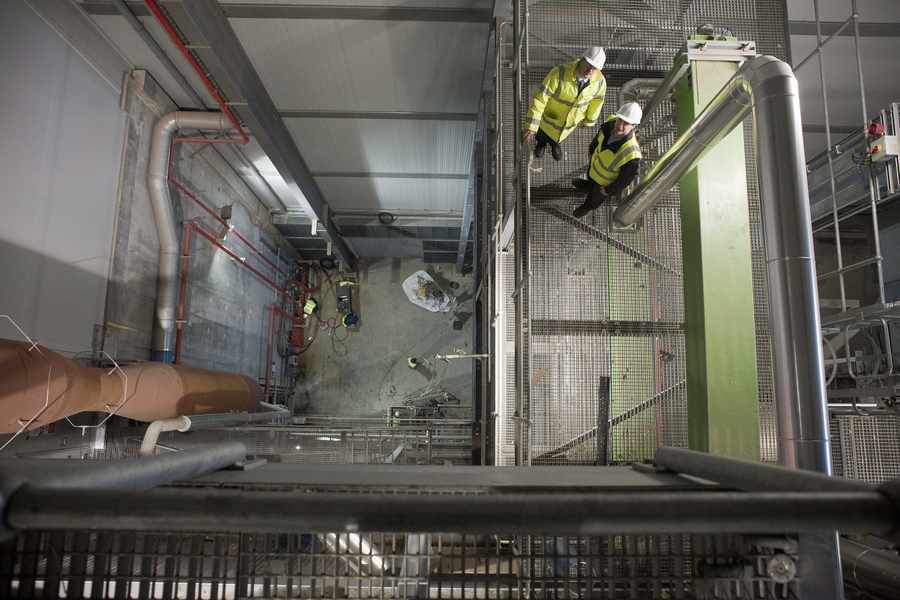
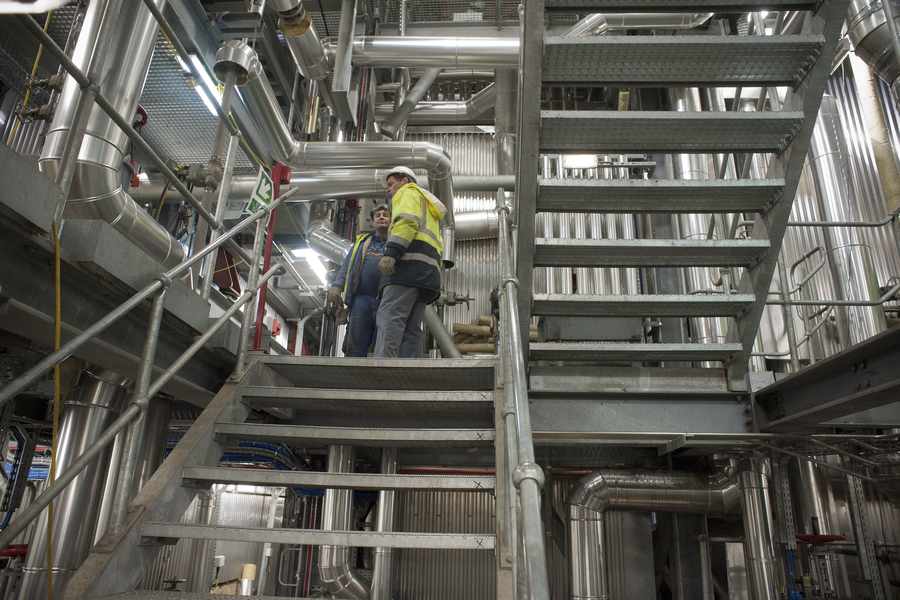
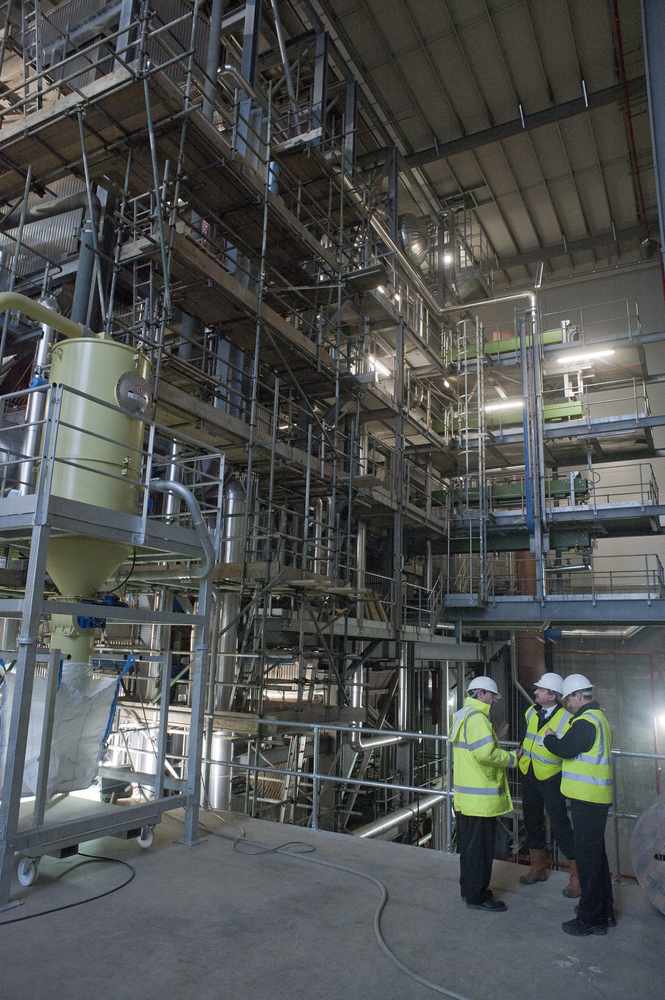


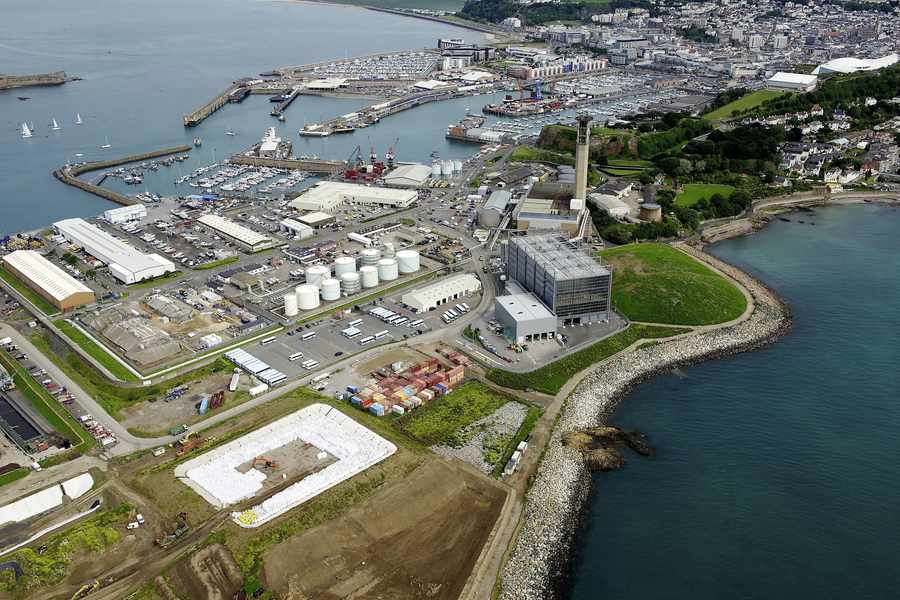
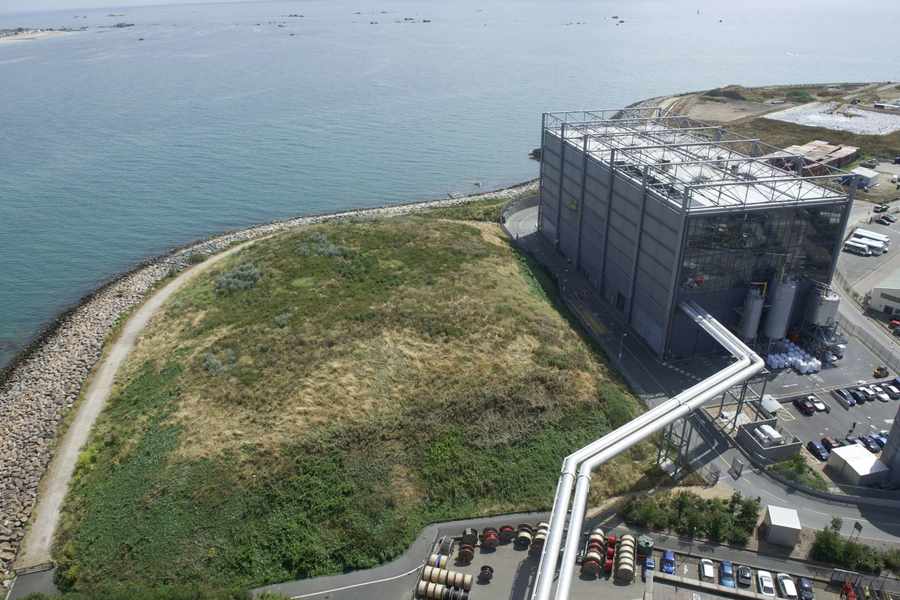
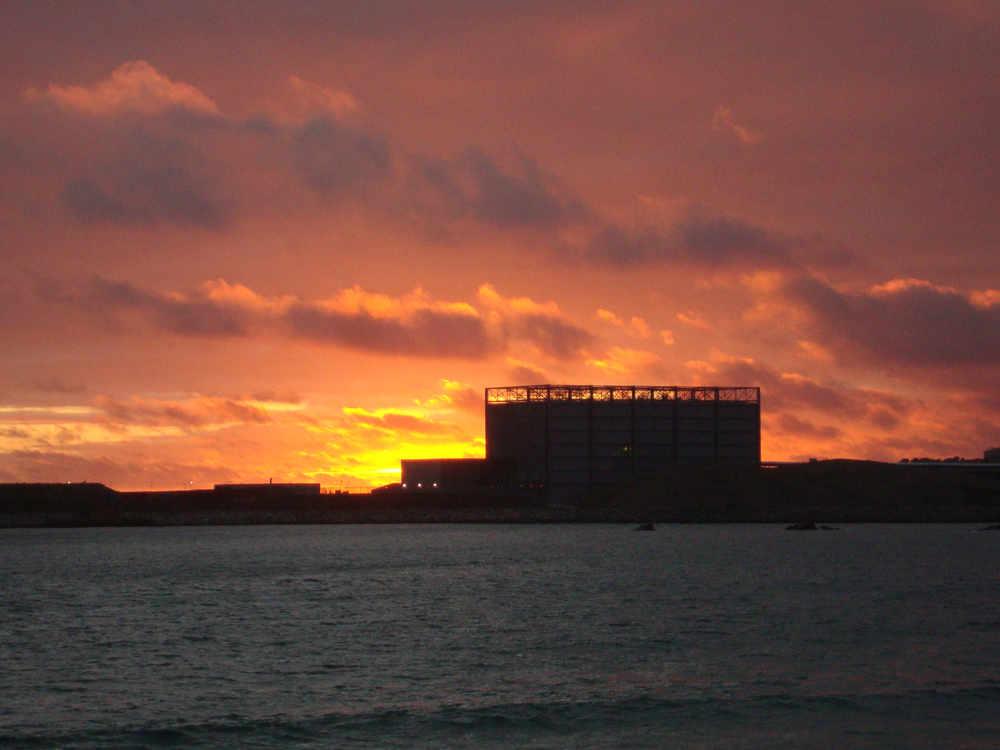
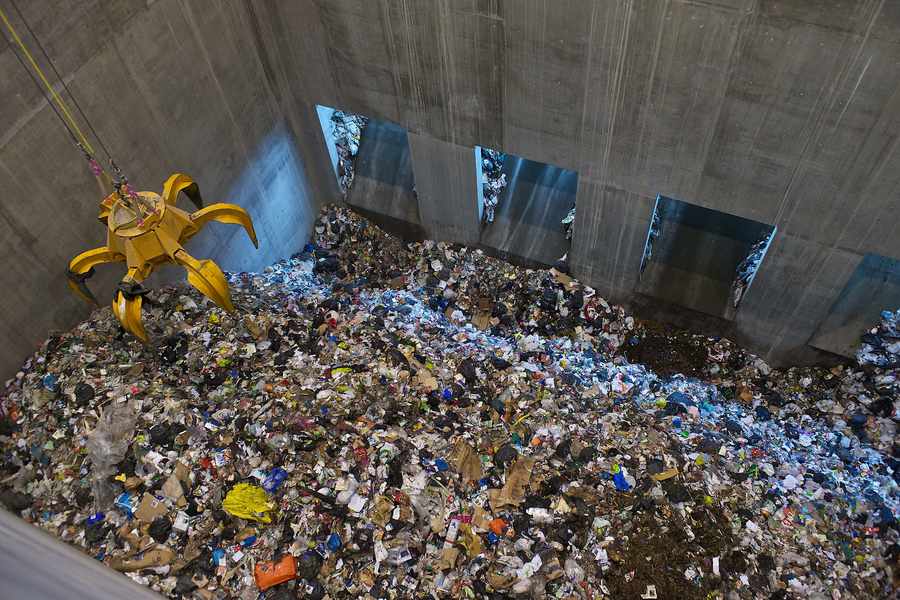
- The incinerator, or energy-from-waste plant, cost £110 million and has been receiving all of the Islands rubbish since 27 December 2012

- In September 2013 it was described by the head of the Transport and Technical Services department, John Rogers as the biggest environmental improvement the Island will see in a generation.
- At the time, it was reported that the incinerator was producing between 100 and 1,000 times less pollution than the old Bellozanne plant that it replaced.
- Mr Rogers was reported then as saying: The old plant was the dirtiest in Europe and it should have been closed down in 1996. This plant meets and exceeds the latest European standards, which are between 100 and 1,000 times more stringent than what the old plant was doing, depending on what you measure. That means that every year of operation of the old plant is equivalent to 100 years of this one in respect of some of the discharges.
- In 2013 it was shortlisted for a regional architecture award, the Royal Institute of British Architects South East Award.



